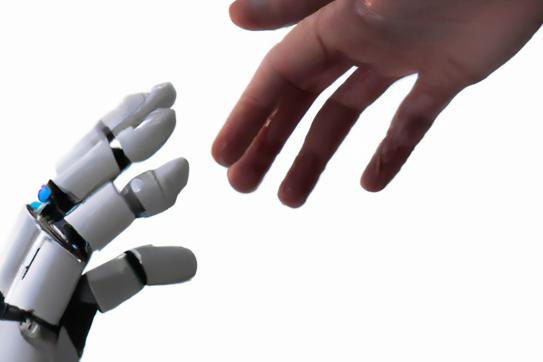While new technologies are often considered to be disruptive forces that can shake up entire industries and sectors, graphic designers may not need to fear for their jobs just yet.
In recent months, there has been a rapid expansion of AI-powered tools, the most well-known of which is ChatGPT, a widely used language-generation program created by Open AI. Using machine learning, it can comprehend the nuances and patterns of natural language, enabling it to provide responses that closely resemble human, written communication.
Can AI tools do the same for art? Several programs, including Stable Diffusion, Midjourney, and DALL·E, attempt to produce high-quality images based on a text prompt from a user. We felt compelled to use this groundbreaking new technique for the cover image and story illustrations inside this issue of Columbia Business magazine.
Our traditional approach to creating illustrations involves working with human designers. We first decide on the articles and pages we want to enhance with an illustration and review the work of several designers to decide on a short list. Working with our AI designer—in this case Shutterstock’s AI image generator, Shutterstock.AI, which is powered by Open AI and LG technology—is a very different process.
The briefing with the AI designer consisted of little more than typing a desired phrase into a browser. But getting our AI designer to come up with some usable art was a hit-or-miss affair, mostly consisting of misses. For example, when we opted to input the phrase “the Digital Future Initiative at Columbia Business School,” this is the sort of image we received:
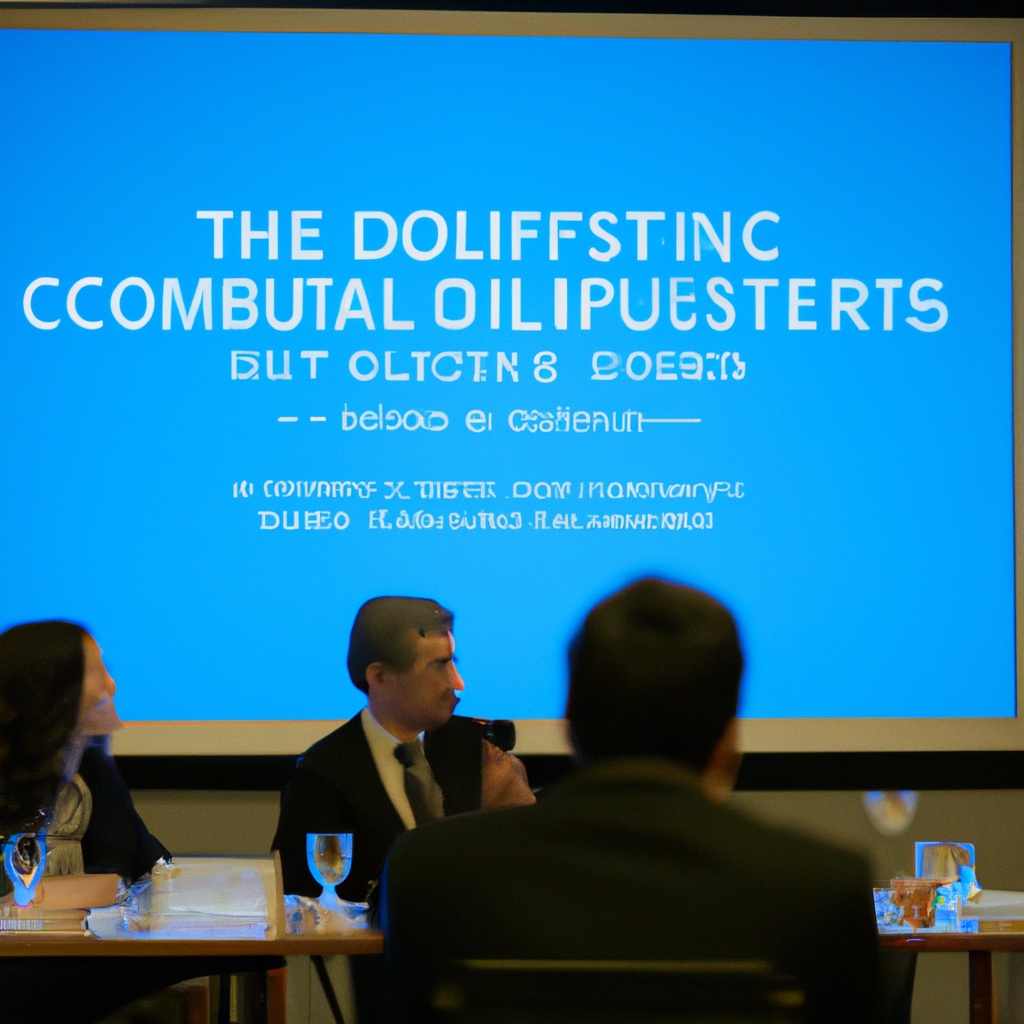
We next tried using longer text (the full 77-word description of the new Algorithmic Economy Lab, for example), but adding more words did not yield more focused or usable images. Instead, we saw bizarre images with colored squares and indecipherable text—a message from the future, perhaps?
We soon realized we needed to be more prescriptive in our image descriptions, conceptualizing the image first and then giving the AI designer very clear instructions on the look, tone, and contents of the image. After inputting scores of phrases, using trial and error to find the most interesting ones, and honing the prompts that generated them, here’s what the phrase “a person looking into the digital future with zeros and ones raining down” yielded for us:
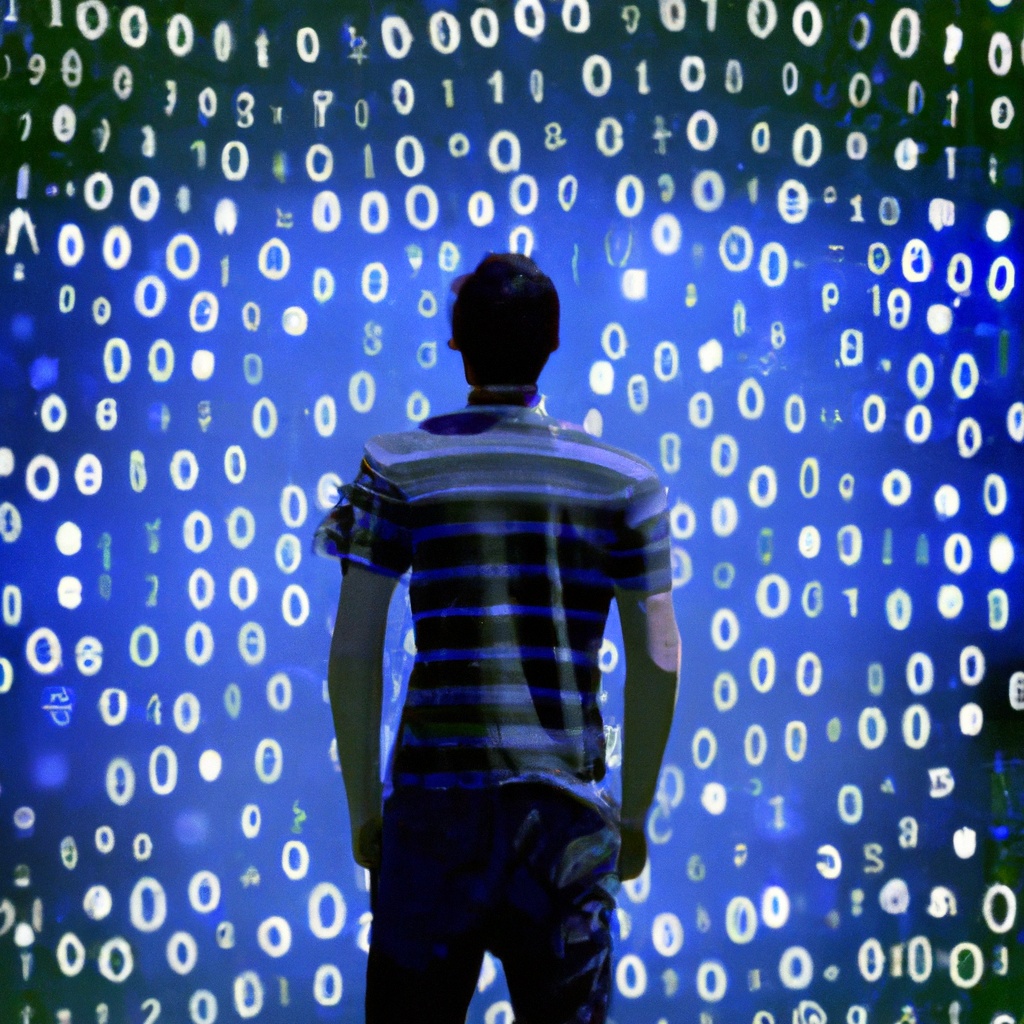
While the image was closer to the one we were looking for—a conceptual image of the digital future—we felt we could do better.
Our next step was to borrow an idea from one of the most creative and influential artists in the history of Western art: Michelangelo. We sought to emulate his image of Adam reaching out to God in the Creation of Adam fresco on the ceiling of the Sistine Chapel. As with the famous image, where God’s gesture represents the creation of humanity, the new cover image we generated would suggest a new creation—of artificial intelligence by humans.
The new command “3D photorealistic rendering of a robot hand reaching out to a human hand in the style of Michelangelo Sistine Chapel” generated these images (closer to our intended concept, but with a clear bias towards lighter skin tones):
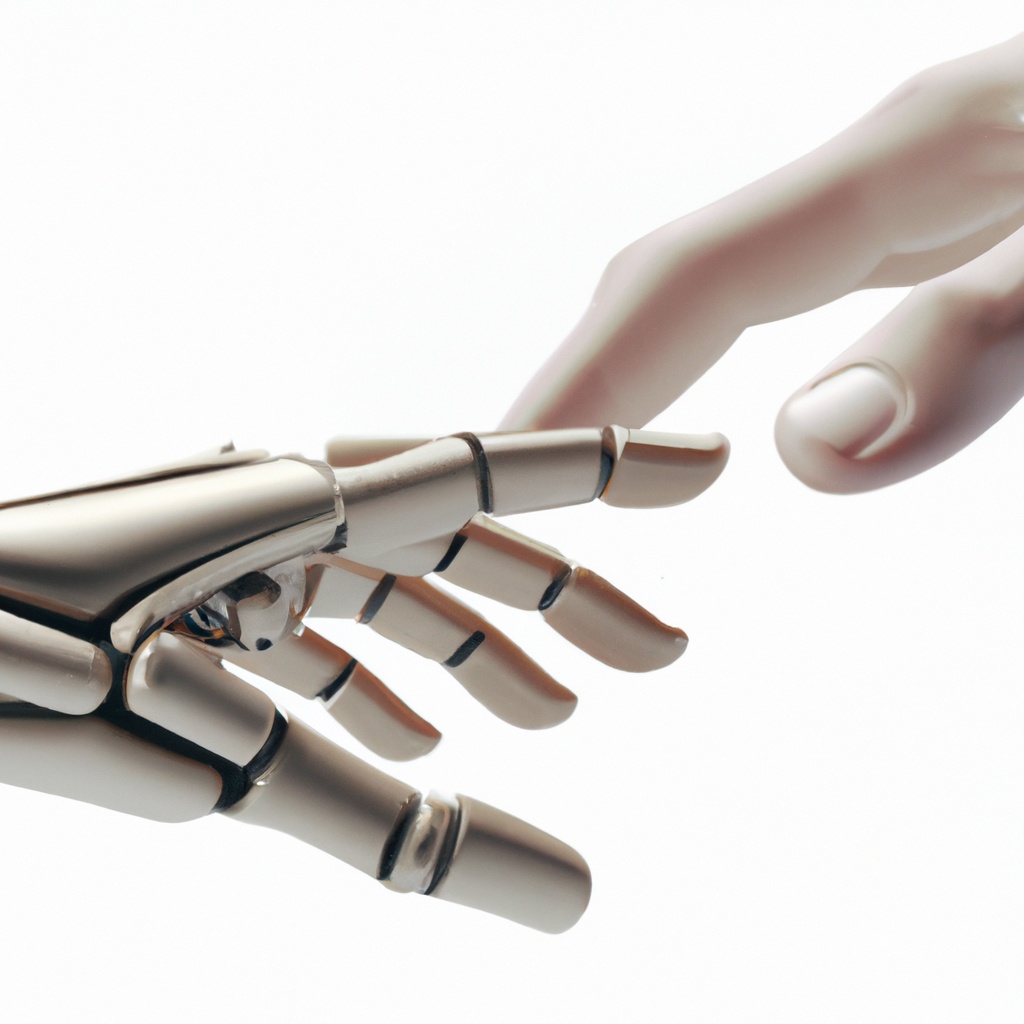
Finally, after some reworking of our prompt, “an ai-generated photo of a human hand with mid- tone skin color reaching down to touch a robot hand, suitable for use on a magazine cover; the image should be visually striking and evoke a sense of connection or contrast,” we came up with an image that we were happy with:
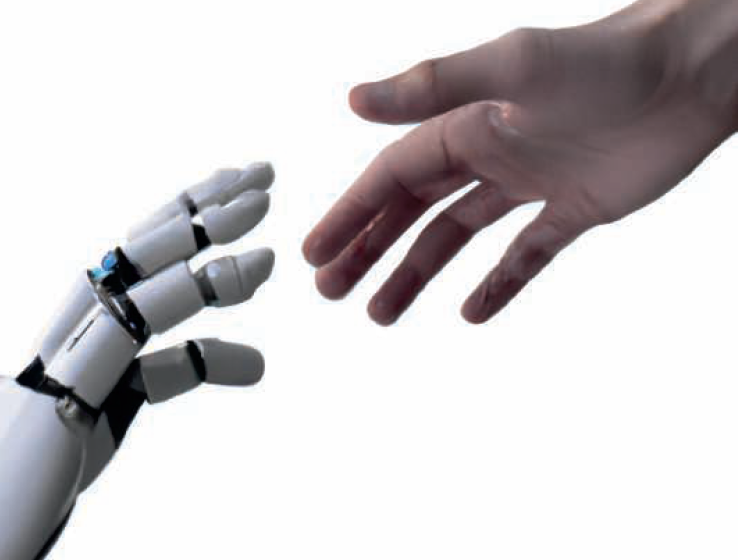
What can we learn from our experience using AI to generate art?
Despite its ability to rapidly produce images, the AI art generator often failed to effectively convey the themes we sought to illustrate. We had to input a very specific set of text commands that we discovered through trial and error. And we had to find a way to circumvent the bias we found in the results.
The bottom line is that the human factor remains crucial, and the ingenuity that comes with it cannot be wholly substituted by machines. In creative fields such as design, illustration, or music composition, it’s likely that, for now, the human-AI partnership will power the work-places of the future. AI will aid artists in generating novel forms of art rather than rendering their jobs obsolete.
